ivangunkel
Newbie
Hi, I'm new here on this forum and I found him doing my research on the internet. I am very happy to be here and acquire knowledge.
I'm Brazilian, and I'm on an ambitious project, recreating the reed block of a Todeschini accordion (Brazilian).
I acquired a Galanti accordion from the 50s / 60s that has the highest quality reeds, timbre and volume, and I am redoing the reed blocks to put on my Todeschini.
The idea is to use a CNC machine, in order to make the reed block in a solid block of wood, as the old Scandalli were made, I believe that this should add firmness to the sound, since there is much less glue and wood joining.
Making reed blocks for bass was easier, as they all obey the same depth. In the right hand, this depth should decrease as the reeds get smaller. There is no document that describes an ideal reduction size, at least I haven't found it.
The reduction I made based on Galanti's reed blocks.
Basson starts with 10mm and ends with 5mm.
Clarinet/Flute starts with 8mm and ends with 4mm.
Piccolo starts with 7mm and ends with 1mm.
I wonder if anyone on this forum would have anything to share about it. We know that a reed can never hit the bottom of the reed block, but what is the ideal depth? what is the ideal reduction design? Which promotes more volume? Does a larger cavity change the timbre?
These are doubts that I have and that any help would be welcome.
Attached are some photos of my work.
Thank you and good work to all!
I'm Brazilian, and I'm on an ambitious project, recreating the reed block of a Todeschini accordion (Brazilian).
I acquired a Galanti accordion from the 50s / 60s that has the highest quality reeds, timbre and volume, and I am redoing the reed blocks to put on my Todeschini.
The idea is to use a CNC machine, in order to make the reed block in a solid block of wood, as the old Scandalli were made, I believe that this should add firmness to the sound, since there is much less glue and wood joining.
Making reed blocks for bass was easier, as they all obey the same depth. In the right hand, this depth should decrease as the reeds get smaller. There is no document that describes an ideal reduction size, at least I haven't found it.
The reduction I made based on Galanti's reed blocks.
Basson starts with 10mm and ends with 5mm.
Clarinet/Flute starts with 8mm and ends with 4mm.
Piccolo starts with 7mm and ends with 1mm.
I wonder if anyone on this forum would have anything to share about it. We know that a reed can never hit the bottom of the reed block, but what is the ideal depth? what is the ideal reduction design? Which promotes more volume? Does a larger cavity change the timbre?
These are doubts that I have and that any help would be welcome.
Attached are some photos of my work.
Thank you and good work to all!
Attachments
-
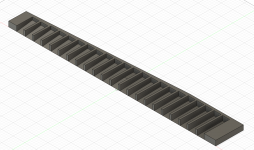 Basson.png358.1 KB · Views: 14
Basson.png358.1 KB · Views: 14 -
 Clarinet.png370.5 KB · Views: 14
Clarinet.png370.5 KB · Views: 14 -
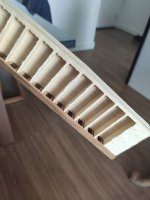 IMG_20200728_132731.jpg182.6 KB · Views: 16
IMG_20200728_132731.jpg182.6 KB · Views: 16 -
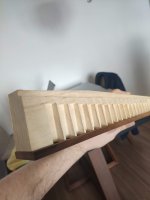 IMG_20200728_132741.jpg136.9 KB · Views: 16
IMG_20200728_132741.jpg136.9 KB · Views: 16 -
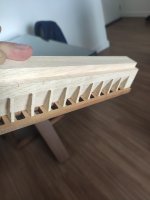 IMG_20200728_132750.jpg151.4 KB · Views: 15
IMG_20200728_132750.jpg151.4 KB · Views: 15 -
 IMG_20200728_132803.jpg189.6 KB · Views: 17
IMG_20200728_132803.jpg189.6 KB · Views: 17 -
 IMG_20210127_131936.jpg140.1 KB · Views: 16
IMG_20210127_131936.jpg140.1 KB · Views: 16 -
 IMG_20210130_191515.jpg302.4 KB · Views: 16
IMG_20210130_191515.jpg302.4 KB · Views: 16 -
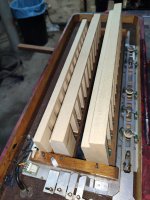 IMG_20210130_191530.jpg304.9 KB · Views: 17
IMG_20210130_191530.jpg304.9 KB · Views: 17
